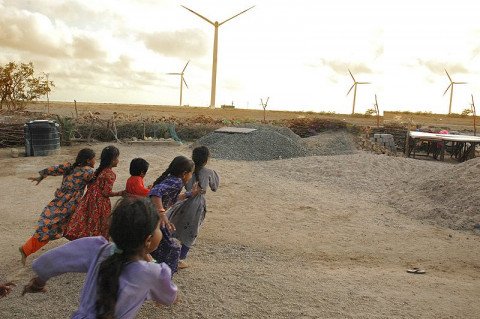India's energy demand to double to 75 exajoules by 2047, boarding hydrogen bus crucial: Dr Lele, Director, NCL
India might have missed several 'busses' such as the solar bus and the semiconductor bus, but the country is all set to board the crucial hydrogen bus along with other industrial countries, Dr Ashish Lele, Director of CSIR-National Chemical Laboratories said.
Delivering the keynote address at a two-day masterclass on green hydrogen, organized by the IESA Academy in association with the India Green Hydrogen Council, Dr Lele pointed out that India's energy demand is likely to double to 75 exajoules by 2047, which means the country will have to continue to depend either on coal or nuclear sources for a longer time than other nations.
Drawing parallels with India's automotive emission norms, Dr Lele said much like India went from Bharat Standard 4 to Bharat Standard 6, India's National Green Hydrogen Mission would take the country from a manufacturer of gray hydrogen at present, to green hydrogen (made from non-polluting sources) without stopping at blue hydrogen on the way. He opined this was because blue hydrogen — which is gray hydrogen with carbon capture to prevent emissions escaping into the atmosphere — requires a very high level of investment, possible only at the national level, making the switch to green hydrogen more feasible for the nation.
The class, which had just under 40 attendees, also learnt over subsequent sessions from other speakers that India has favourable renewable energy tariffs compared with the world, largely thanks to its abundant sunlight, and the importance of computing levelized cost of energy to identify the real cost of hydrogen and ensure profitability of operations. There were lab visits to see and inspect a working hydrogen fuel cell as well as an electrolyzer, both built locally by the National Chemical Laboratory for a fraction of the cost of imported equipment.
India is the world's largest manufacturers and consumer of hydrogen, with current consumption below 6 million tons per annum. However the country's capacity is largely gray hydrogen, manufactured from natural gas or methane. The country is seeing a major push towards green hydrogen with companies such as Larsen & Toubro, Reliance Industries and Adani Group announcing ambitious plans and green hydrogen capacity expected to reach at least 5 million tonnes per annum by 2030.
Earlier, Dr Rahul Walawalkar, President of the India Energy Storage Alliance, explained the importance of India's hydrogen push. Delivering the introductory speech, Dr Walawalkar said, "Typically, emerging technologies take 20 years or so to reach maturity stage. This time though, we do not have as long a time to reach that point, so the attempt is being made to achieve in 10 years what usually takes two or times as long."
IESA Academy expects this to be the first in a series of masterclasses on green hydrogen and related topics that will deep dive into India's green hydrogen policy framework, government targets, production strategies, sector drivers, market trends and safety & risk factors.


















